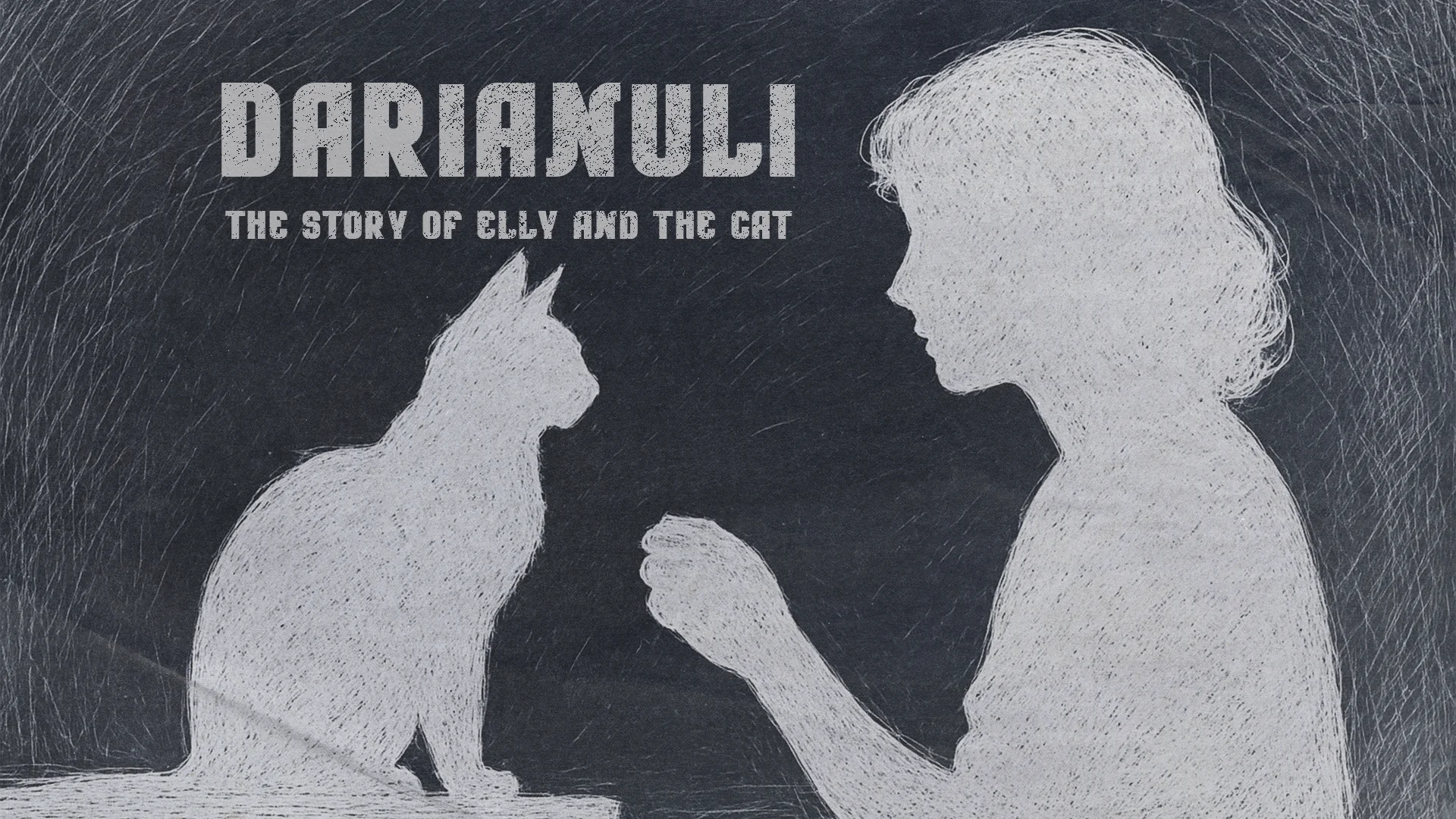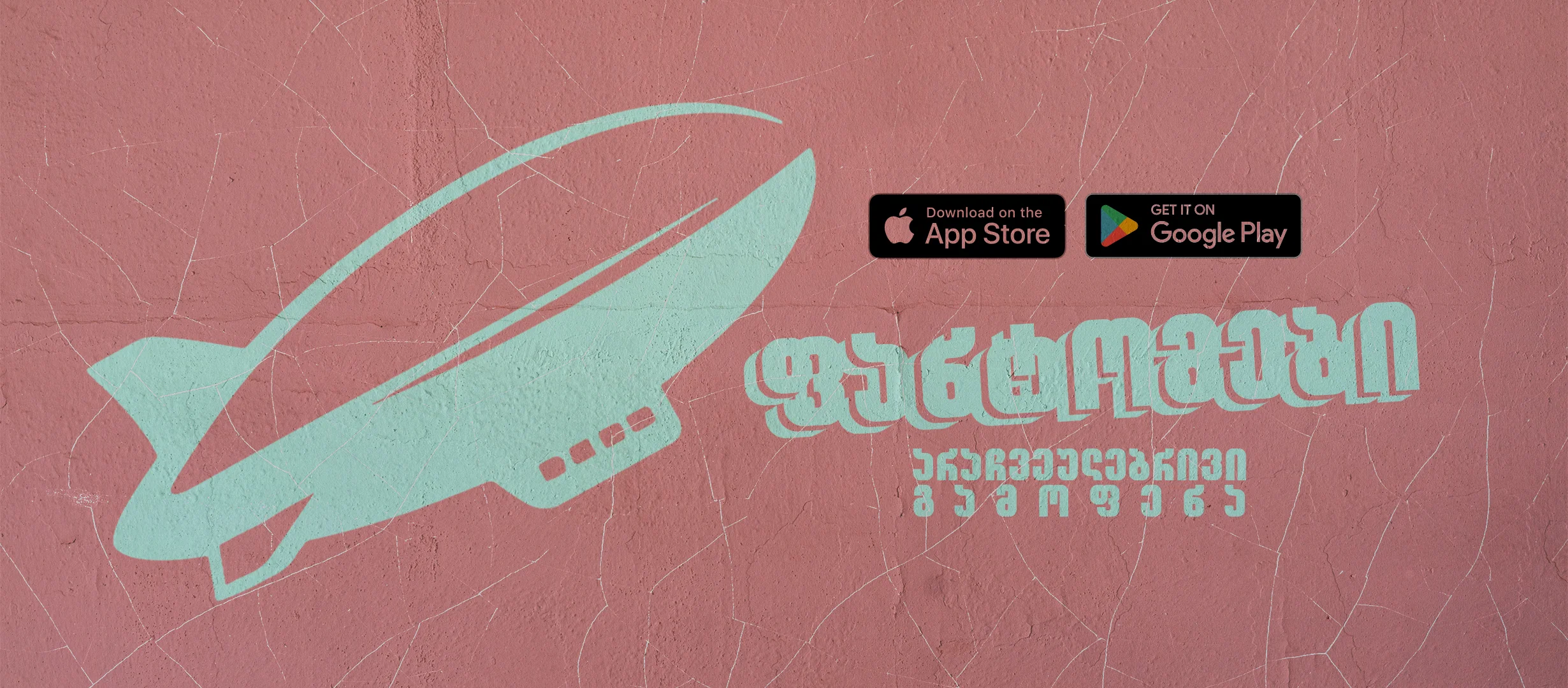Some time ago, I once again listened to the audio version of Carver’s story “What Do We Talk About When We Talk About Love.” This question comes to my mind every time I remember the title, and to be honest, I still don’t have a clear answer. Maybe – about everything.
Then I also wonder – if it weren’t for Woody Allen’s Paris, would Kutaisi have been the same in the first half of the 20th century, and would it have been thanks to the “Blue Horns”?
Putting aside “Yellow Dante” and yellow news, I don’t want to prove that Elene Dariani was a mystification created by Paolo, nor that the poems belonged to Elene Bakradze and were falsely attributed to Iashvili. I don’t intend to discredit either side, nor do I want to interfere with the work of literary researchers. I simply want to talk about Kutaisi – a city where love and its accompanying passion are sometimes considered taboo, and other times are free and natural.
Let’s begin with a letter written by Paolo to “Elly,” dated 1915, written in Kutaisi. They met in 1912, and judging by their letters, it’s not hard to guess that they shared a certain feeling. In their personal correspondence, neither of them was afraid to express emotions – even their desires. In this letter, it seems “Elly” wanted to meet Paolo. The meeting place: Kutaisi. Paolo said he would wait for her there on the 22nd, and that he would also be in Tbilisi on the 26th, but thought it would be better to meet in Kutaisi.
As a child, Elene was called Elijatkhan, after a character from a Georgian fairy tale. Later, her name was changed to Elly. This was how Pavle Iashvili – who later became known to Georgian society as Paolo – addressed her. The 15-year-old Elly caught the eye of many young men. Young men came to Lesevi from different parts of Imereti: the Tseretelis, the Abashidzes, the Machavarianis, the Lortkipanidzes. But none of them scared Paolo Iashvili away.
We must mention the “Darianuli” poems, which are completely open and bold in expressing passion and love. Determining the author’s identity isn’t necessary in order to appreciate the literary value of the 14 poems in the cycle. These poems could be placed next to works like Denise Duhamel’s “Woman with Two Vaginas” – and not just hers.
Let’s also remember that it was in Kutaisi where Paolo first read the poems from the “Darianuli” cycle. I have often wondered what the reaction of the people in Kutaisi at that time might have been – the audience who attended that poetry evening – when the poet read:
“And again the gassing, the passion of the past,
Playing with the cat and joking with trembling.
The dear one gave me a little kitten;
I love the silence in winter.” (literary translation)
But by then, European ideas had already spread in Kutaisi, and poetry lovers with progressive minds listened to and later read the poems published under the name Elene Dariani. At the same time, there were those who believed poetry should only be about patriotism – they left the hall in protest. If Elene Dariani was “immoral,” then what could they say about Gigo Gabashvili’s photography? Few know about his bold and daring artistic voice – shown through images of “Ortachala Beauty,” “Dionysus,” or even through his photographs of a homosexual couple. His work makes you think.
While reading the letters, I came across many filled with literary critics’ arguments – some debating with each other, some with the long-dead Elene Dariani, and some even with Paolo himself. One thing is constant and unchanging: the romance of two people that went beyond their personal world. Among the many rumors about their story, the strangest ones are by researchers angry with Elene Bakradze. They referred to her simply as “a lady,” even though she was a friend of the Blue Horns and other major figures like Galaktioni, Robakidze, and Gamsakhurdia (if we forget everything else). Perhaps they couldn’t forgive her for being Paolo’s muse. Against such a background, what would they say about Dagny Juel – the bohemian muse of Munch and Strindberg, and the wife of Przybyszewski – or about Lou Andreas-Salomé, the German friend of Nietzsche, Freud, and Rilke?
In one book that again explores this topic, the author writes that poetic talent can describe not only the “passions” of a woman but even of a beetle. No one questions Paolo Iashvili’s poetic talent. Still, if someone did, fans of Kafka would probably mention both beetles and women in literature in a very different way. That’s not bad at all, but talking about that would take us too far. Let’s return to “Yellow Dante.”
Most of the letters written in Russian – at least those I could translate – were written by Paolo in Kutaisi. At that time, Elene was already married to her first husband. “Married” – Paolo begins the letter with this word. In the end, he writes about Elene’s “divine body.” Perhaps both of them tried to stay friendly and respectful – but it’s clear they only tried, and failed.
Maybe it’s just my poetic imagination that connects everything with Kutaisi. Still, it’s a fact that Paolo chose to meet “Elly” in Kutaisi.
It’s also meaningful to consider Elene as the 13th member of the “Blue Horns.” Even the members of the literary group spoke of a mysterious figure who became something like a “gray cardinal.” The friendly relationship – or at least contact – between Titian Tabidze and Elene Bakradze is clear in a letter he sent from Moscow. He also addressed her by the name Paolo gave her: “Elly.”
“Elly,
I am sending this letter, although I am not sure that you will receive it…
My staying here for so long is justified only by the fact that I have passed seven exams, although I am terribly tired. Moscow has changed completely, the street speaks very loudly and, as always, its voice is very offensive to aesthetics. For the fourth time, I have received a telegram from Tbilisi, which forces me to leave…
I will probably have to stay there for a month, of course, I cannot live without Kutaisi. I will definitely see you in Georgia. Be sunny and forgive me for the prose letter.”
There is also evidence of a connection between Elene and Galaktioni – letters and even two poems he dedicated to her and her second husband, Shalva Kartvelishvili. After becoming a widow for the second time during the repressions, Tabidze wrote these lines:
“Letter to Eliko”
The torture, the loss of many, cannot be expressed by the myron of the days.
For him, the area where Shelia and Byron lived was a desert, Eliko!
Waiting for you! Galaktioni.
25\ I – 37. In your apartment.”
To be fair – and to reduce the drama that sometimes surrounds the topic of Bakradze and Iashvili – let’s also look at Galaktioni’s letters to Olya, where he mentions Kutaisi. For the poet, a “Tbilisian native of Kutaisi,” the weather at the end of November 1916 was like summer. He even wrote about picking flowers for her.
“Oli!
If you are free, I will soon organize an evening here! I will organize it magnificently. Money will come in.
What weather! What weather, if you only knew! It is summer! I may pick hibiscus. If I pick them, I will definitely bring them to you.
Will they bring me flowers for my evening? Who knows!”
No matter how loud the discussion of Paolo and Elene Bakradze’s love, or how controversial the “Dariani” cycle may be, let us return to the question we asked at the beginning of this article:
“What do we talk about when we talk about love?”
Maybe we talk about what Paolo once wrote to Elly:
“You always knew me as cheerful, radiant, full of ecstasy. But when I said goodbye to you – in the last moments of our stay in Kutaisi – I suddenly saw an inexplicable sadness in your eyes, and I also felt some inexplicable sadness creeping around me – perhaps a relative of yours.”



